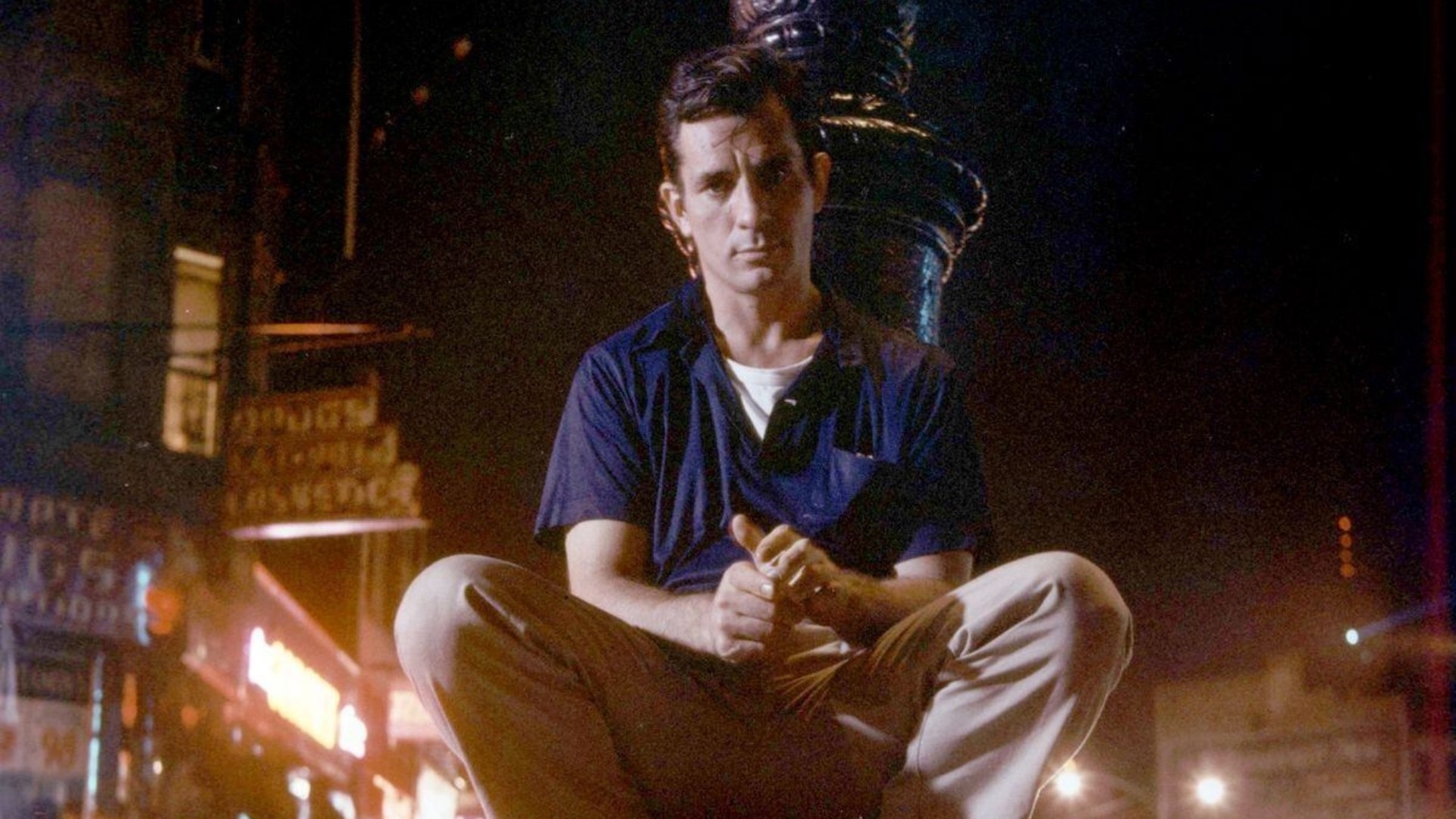Reading between the lines: Jack Kerouac and the queer undercurrent of the Beat Generation
"Though his writing implies a longing for deeper male connection, and his journals often bubble over with homoerotic subtext," says the director of Kerouac’s Road: The Beat of a Nation in an essay for Attitude
By Ebs Burnough

Defining one’s sexuality has often been a complicated or nuanced task; this has been true since time began, from the Kama Sutra to the Bible, sex and sexuality, has never been as straight forward (pardon the pun) as many people would like us to believe. This truth was as relevant in the 1940s and 50s as it is today and as it was in centuries prior.
Jack Kerouac, author of the oft-quoted and long-emulated semi-autobiographical book On the Road was known as the ‘King of the Beats’. This title references a generation of young people emerging from the shambles of war, in search of something greater than themselves. They were defined by a literary and cultural movement that encouraged freedom of expression in every possible way; from experimental writing styles fuelled by excessive drug use to polyamorous relationships and bohemian lifestyles set to a jazz soundtrack. They were the counterculture before the term was created.
Kerouac himself, the product of a Franco-Canadian immigrant family raised in rural New England, longed to find a world beyond his doorstep. He was in search of how he fit into the American landscape, and he took to the road on foot, and by bus, hitchhiking and freight train-jumping, all in an effort to go beyond the grey flannelled suits of the 1950s and into the unknown that would create the cool and sexually vibrant ethos of the 1960s and 70s. Kerouac traversed the states for seven years, a nomad encountering life on the road and indulging in almost every experience that crossed his path. Many crossing his path were women, and yes there were many women in his life; multiple marriages, multiple girlfriends and many sexual liaisons that defy definition beyond simply that. His was an era of heteronormative culture, where women were to be chased and coveted more as a trophy than an equal and rarely seen as better than. This misogynistic lens reveals itself throughout On the Road even when the author, attempts to relate or humanise his female subjects, he seems somehow stuck, unable to find the words in his overly literate vernacular to give these women definition beyond their sexuality and the cut of their figure.
Joyce Johnson, the noted author of Minor Characters, a memoir of her life as a female member of the Beat Generation, and a girlfriend of Kerouac’s, describes him, as one of the few (if not only) men who took her seriously, who encouraged her writing, and urged her to go on the road and defy living an “expected” or “conventional” life. Johnson, did indeed become one of the defining voices of that generation, notably one of the few who saw it and wrote about it through a female gaze. But despite her ambition and intellect, the road was still not open to her. This was a world before the birth control pill, a world where a woman traveling alone was unthinkable, a world where female independence was still defined by a patriarchal pecking order in which father, brother, or son, still provided the permission to be or not to be free.
“We live in a world with far greater agency than the one Kerouac inhabited”
While Kerouac wrote a great deal about women and his sexual exploits, the relationship he focused on the most was that between he and his closest friend Neal Cassady. On the Road’s central characters are Sal Paradise (Kerouac) and Dean Moriarty (Cassady); while Sal is portrayed as in search of his raison-d’etre, Dean seeks carnal pursuits and reckless abandonment. The portrait is of two friends coming of age on the road together, but what lies just beneath the surface is the subtle but clear sexual chemistry that radiates between these two men. Kerouac’s affection for Cassady is clear, and his references to emotional intimacies, and the dramas of early love, are all remarkable writings for a man living in an era when homosexuality was not only deemed a sickness and immoral but was illegal. And though his writing implies a longing for deeper male connection, and his journals often bubble over with homoerotic subtext, he was still a man of his time; not possessing the sexual clarity or perhaps courage of his openly gay and bisexual friends Allen Ginsberg and William Burroughs.
We live in a world with far greater agency than the one Kerouac inhabited. We are free to be who we wish to be and love whom we desire to love. Yet there remain forces keen to impose restrictions, those who would rather curtail freedom than expand it. The power of On the Road lies in its complete exaltation of the individual as a part of the collective. The idea that we are all on our own paths, all experiencing our unique journeys in this world, and yet as a society we are interconnected and somehow bound to one another. Kerouac and the Beat Generation challenged conformity, and while they weren’t perfect, their questioning of norms and prescriptive outcomes laid the foundation for the cultural revolution that followed. Right now, we reside in a world complete with geo-political strife, social unrest, and a hangover from a global pandemic; if ever there was a moment to excavate the lessons learned from the Beat Generation and harness their creativity, exploration and fearlessness, it is now. On the Road’s story and Jack Kerouac’s words and vision remain a clarion call to current and future generations to challenge the status quo and define their own future.
Kerouac’s Road: The Beat of a Nation is available digitally to rent or buy from 13 October.
